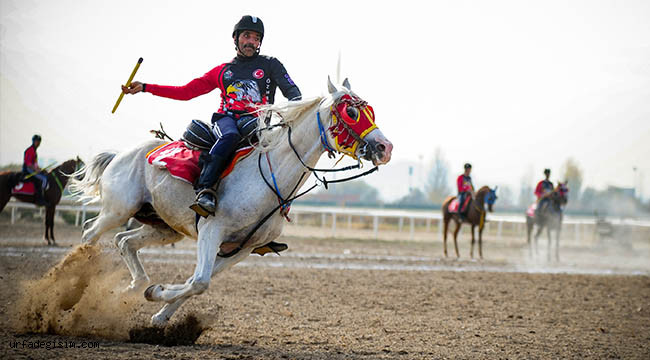
Atli Cirit (Turkey)
- Name of sport (game): Cirit or jareed
- Name in native language: Cirit or çavgan
- Place of practice (continent, state, nation):
Turkey. Regularly practiced in the provinces of Konya and Balikesir (red). Practiced sporadically, during special occasions (such as the veterans' feast on the second Sunday of September) in the provinces of Erzrum, Kars, Bayburt, Bilecik (orange).
- History:
Cirit is an equestrian sport. It is attended by two teams whose members aim is to hit opponents with blunt javelins.
This sport is an achievement of the traditions of the Turkish commons. They were nomads living in Central and Eastern Asia since antiquity. Because they spent entire lives on horses, all aspects of their lives (including sport) were associated with these animals. The sports that are their cultural heritage include, among others, cirit and buzkashi, i.e. the national equestrian sport of the Tajik and Uzbeks, which involves ripping the corpse of a goat.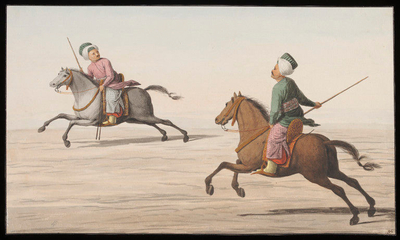
Over the years, the Turkish people moved more and more to the west. In the 11th century AD, the Seljuk Turks came to Anatolia, where they settled after the repulsion of Byzantium. Together with them, their traditions took root in the region, and already at that time cirit was practiced. After the fall of the Seljuks, Turkey was confederated by the Ottomans in the 14th century. Their empire have survived until the 20th century and cover the lands from the Balkans to Egypt. During their reign, cirit was extremely popular. It was adopted as a courtly sport, to the extent that it was practiced by sultans Bajazyd I and Mehmed I. The peak of popularity fell on the 16th century when cirit was established as part of military exercises for cavalrymen to improve attack and defense skills. This decision was made because this sport prepared both the rider and the horse for military operations.
Unfortunately, in the 19th century, Sultan Mahmud II banned cirit practice because he considered it too dangerous. After the ban, cirit disappeared from the courts of the aristocracy but continued to develop in the provinces. Another decrease of the popularity of this sport was the dissolution of the Ottoman Empire in 1922 and the modernization of the state. In the following years, this sport was losing its popularity and to this day it has remained only in a few provinces, although it is practiced on important occasions in different parts of Turkey. The first sports club was founded in 1957 in Erzrum. In 1996, the Traditional Sports Federation of Turkey was founded to promote, among others, cirit. In 2007, a Turkish film was made in which the main characters practice cirit – The White Angel (2007).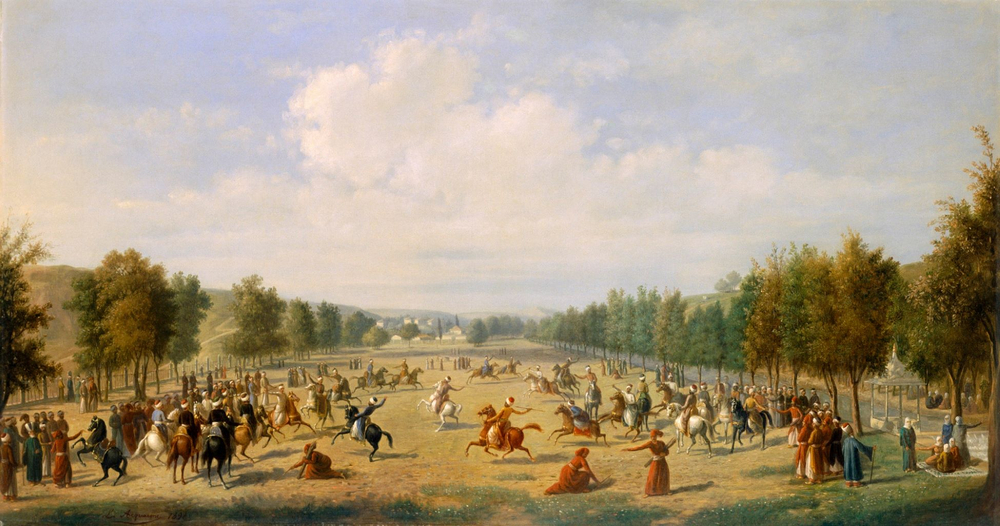
Luigi Acquarone- Cirit game in Kağıthane – 1891
(Source: https://blog.peramuzesi.org.tr/en/haftanin-eseri/kagithanede-cirit/) - Description:
There are two teams, each contains of 6, 8 or 12 players participating in the game, each on horseback. Horses must be endured, fast and smart. The Arabian race is often used in the game, but there is also a specially cirit breed race for this purpose after the crossing of the Arabian race with the Anadol horse. Players, depending on the occasion, can be dressed in traditional decorations, referring to elite Ottoman cavalrymen - spahis.
The pitch should be 70 to 130 meters long (for comparison, a football field is 105 meters long). The last 6 meters of each side is separated as a zone in which the player has immunity and no one can throw at him.
The game begins with the welcome of both teams in the middle of the pitch. Then, if the game takes place in front of the audience, there is a parade with the accompaniment with military or folk music. Such music is usually played with typical Turkish instrument like a drum (davul, tapan, atabal or tabl) and zurna (Turkish trumpet). Before starting the game, the pavement quality is checked by driving around the field. Players return to their team's side.
Later, riders test the field and their horses, than go back to their section. Sometimes players wear traditional regional costumes, as a symbol of the Sipahis (Ottoman cavalrymen). The teams line up facing one another on the field, each player at a distance of about 10 meters from the next. With the right hand, they hold the first cirit javelin that they will throw while those who wait for their turn hold cirit javelin in the left hand.
The whole game is observed by referees, they also check that all equipment is properly used. Every player and horse have the number to identify them, moreover, in official games, riders wear a special helmet to protect the head from injury and horses have a saddle.
Kolbaşı is the leader of the team, he is responsible for tactics and for making substitutions, every team has additional players but during the game, the team is allowed to do maximum three substitutions. Any decision must be delivered to the referees and accept by them before it is done.
Each team have their own safe zone which is located at the end of one side of the field, in front of this zone is a second zone wide about 5 meters where the running rider must enter just before summoning and throwing a javelin
The game starts when the first player sets off from the safe area towards the other team, approaching it for about 30 meters in the second zone. He summons an enemy by shouting the player’s name, throws a javelin at him and rushes towards own team. The summoned player begins the pursuit, whose ultimate goal is to get close enough to be able to hit the enemy with his javelin. When the escapee is in a safe zone, one of his teammates goes out to meet the pursuer. The pursuer turns his horse back and rushes to escape. The rest of the game goes in this cycle, each player chases first, then is being chased. The game lasts 80 minutes, with one break.
Points are earned for hitting an opponent or catching his javelin. Negative points are awarded for throwing a javelin in a safe area, for throwing a javelin at a distance of less than 5 meters, and for hitting a horse instead of a rider. Some sources even say that hitting a horse means disqualification.
Players have at their disposal numerous defensive manoeuvres. They can hang from the side of the horse so that it covers them from the javelin, or take shelter under his trunk. The game develops riding skills, the ability to accurately throw the javelin, and the ability to predict the trajectory of javelin flight. The formation of the two teams has its traditional etiquette. Care is taken not to put players, who are on bad terms in opposing teams, and players, who display deliberately hostile behaviour during a match are blacklisted.
There are injuries in the game. If you hit the eye, fall off a horse, or be trampled by amount, injuries can even lead to death. A player killed during the game becomes a local martyr, and the family of the deceased does not generally accuse the opposing team in court. Therefore, if there are any known hostilities amongst players they can be left out of the tournament or put in the same team by the elder people of the locality, or by the referees before the game starts
At the end of the game, the winner is announced by a council of former cirit players depending on points collected by two teams. Organizers give awards to the winning team and prepare big meals.
Equipment:
- Not a very large horse, older than 4 years. Popular breeds are Cirit and Arabian horses.
- Several cirit javelins with rubber coated tips. They are 70-100 cm long, 2-3 cm in diameter. Formerly they were made of dactyl or oak wood. Poplar wood is currently preferred because of its lightness, which minimizes the likelihood of injury.
- Sometimes helmets are used to protect against javelin or falls from a horse.
- The outfit depends on the occasion. Common sportswear is often enough, but on official occasions both the rider and the horse must wear exquisite clothes.
Vocabulary:
-Alan - cirit pitch.
-Değnek, Diğnek or Deynek (stick) - The name given to cirit in some regions.
-Acemi - a rookie; nickname for the player who hits the horse with a javelin.
-Atbaşı (head-to-head) - The situation that two horses running in the same line.
-At cambazı - an extraordinary rider.
-Şehit - martyr; player who died during the game.
-Dörtnal (gallop) - Fastest gait of the horse.
- Meydan - Flat ground field for playing jereed game.
- Alay basmak - Penetrating into opponent's line formation by losing control of own horse.
-Cirit havası - One or all of the melodies played with drum or zurna while the cirit game is being played.
- Current status:
Cirit is still practiced in many places in Turkey. There are numerous clubs and a national league. Unfortunately, outside this country it is actually a forgotten sport. Websites are not translated into English, movies on the internet have only a few thousand views.
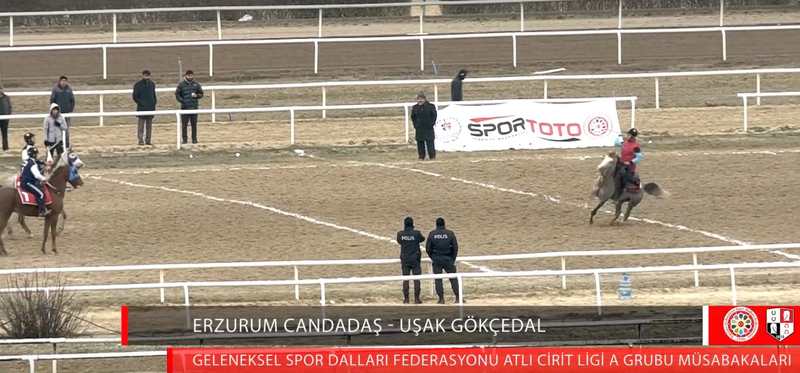
Screenshot from the recording, January 5, 2019 - Semi-final, group A competition in the Equestrian League.
(Source: https://www.youtube.com/watch?v=EqzHRKQ_Ank&index=6&list=PLdYr8KWSZHJqIX6pfzFjKnywW0pM9xIqy) - Importance (for practitioners, communities etc.):
This sport does not seem to be a very important in Turkish society, but that does not mean that it is not valuable. It is basically a fossil, a living piece of history connecting modern Turkey with its ancestors nomadic in the endless steppes of Asia.
- Contacts:
Türkiye Geleneksel Spor Dalları Federasyonu
Nasuh Akar Mahallesi,
Süleyman Hacı Abdullahoğlu Cad. 43/4 Çankaya/ Ankara
TÜRKİYE
Webside: https://www.gsdf.gov.tr/tr/haber/atli-cirit-ligi-a-grubu-musabakalari-sona-erdi
Youtube channel: https://www.youtube.com/channel/UC39BdfzhwVP-7lgnqP6S8Kw
Tel: +90 312 311 61 93
Faks :+90 312 311 90 45
E-Posta:This email address is being protected from spambots. You need JavaScript enabled to view it. 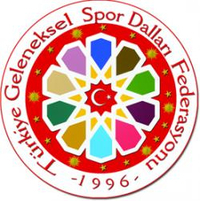
Selendi Beypınar Cirit Sevenler Kulübü
Beypınar köyü
45970 Selendi, Manisa
Tel.: +90 536 272 23 45
https://www.facebook.com/beypinarcsk/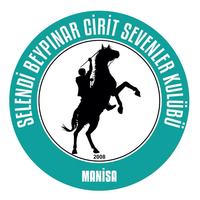
Değirmenönü atlı cirit ve okçuluk spor kulübü
https://www.facebook.com/De%C4%9Firmen%C3%B6n%C3%BC-atl%C4%B1-cirit-ve-ok%C3%A7uluk-spor-kul%C3%BCb%C3%BC-192708097990261/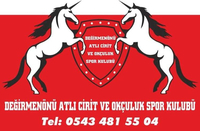
Horoz Atlı Cirit Spor Kulübü
https://www.facebook.com/pages/category/Community/Horoz-Atl%C4%B1-Cirit-Spor-Kul%C3%BCb%C3%BC-1741218752799242/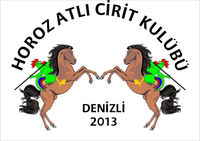
Manisa Beypınar Atlı Spor Kulübü
https://www.facebook.com/Manisa-Beyp%C4%B1nar-Atl%C4%B1-Spor-Kul%C3%BCb%C3%BC-1689509684604227/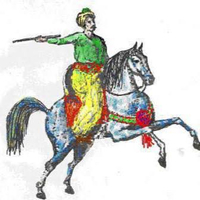
Kars Selim Çıplaklı Köyü Atlı Cirit
https://www.facebook.com/Kars-Selim-%C3%87%C4%B1plakl%C4%B1-K%C3%B6y%C3%BC-Atl%C4%B1-Cirit-264822550237241/
Tel.: 05315633220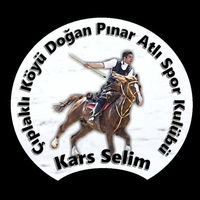
Zile Atlı Spor ve Cirit Kulübü
İSTASYON MAH
60400 Zile
Tel.: +90 532 658 09 59
https://www.facebook.com/Zile-Atl%C4%B1-Spor-ve-Cirit-Kul%C3%BCb%C3%BC-170650129654450/Uşak Akse Atlı Cirit Spor Kulübü
Tel.: 05066630592
https://www.facebook.com/akseatli/Gencosmanlı atlı cirit spor kulübü
Omurca köyü
64100 Uşak
Tel.: +90 532 622 93 98
https://www.facebook.com/Gencosmanl%C4%B1-atl%C4%B1-cirit-spor-kul%C3%BCb%C3%BC-1813942272165102/Bayburt Atlı Spor Kulübü
https://www.facebook.com/bayburtatlispor/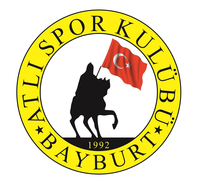
Uşak Karun Atlı Cirit Spor Kulübü Derneği
Tel.: +90 532 663 49 68
https://www.facebook.com/UsakKarunAtliCiritSporKulubuDernegi/Erzıncan Atlı Spor Kulübü
Erzincan
24000 Erzincan
Tel.: +90 543 214 85 92
https://www.facebook.com/Erz%C4%B1ncan-Atl%C4%B1-Spor-Kul%C3%BCb%C3%BC-143857025651102/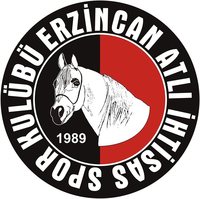
Malatya Atlı Cirit Kulübü
Fb: https://www.facebook.com/pages/category/Professional-Sports-Team/Malatya-Atl%C4%B1-Cirit-Kul%C3%BCb%C3%BC-2133123346918378/
Instagram: https://www.instagram.com/explore/locations/2133123346918378/malatya-atl-cirit-kulubu?hl=plOmurca Atli Cirit Spor Kulübü
https://www.facebook.com/pages/category/Amateur-Sports-Team/Omurca-Atli-Cirit-Spor-Kul%C3%BCb%C3%BC-547117998748118/Malatya Yazıhan Atlı Binicilik Safari Okçuluk ve Cirit Kulübü
Malatya Yazıhan
44350 Malatya
Tel.: +90 552 414 95 60
https://www.facebook.com/safariatmalatya/ - Sources of information :
Articles:
http://www.turkishculture.org/lifestyles/turkish-culture-portal/cirit-231.htm
https://blog.peramuzesi.org.tr/en/haftanin-eseri/kagithanede-cirit/
http://www.kultur.gov.tr/EN-98587/the-game-of-jereed.html
https://www.allaboutturkey.com/javelin.htmlVideo:
https://www.youtube.com/watch?v=ywSlMbCeYRQ
https://www.youtube.com/watch?v=EqzHRKQ_Ank&index=6&list=PLdYr8KWSZHJqIX6pfzFjKnywW0pM9xIqy
https://www.youtube.com/watch?v=rQbQHkKZ8L8
https://www.youtube.com/watch?v=RA5apQtAlYc&list=PLdYr8KWSZHJqIX6pfzFjKnywW0pM9xIqy&index=1Source of photos used in this article and gallery:
https://gsdf.gov.tr/tr/spor/atli-cirit
https://www.binatlisk.com/atli-cirit/
https://www.yeniakit.com.tr/haber/atli-cirit-heyacani-ankarada-surecek-633431.html
https://ajansspor.com/haber/atli-cirit-dunyaya-tanitilacak-191520
https://worldethnosport.org/etnosporlar/atli-cirit
https://www.urfadegisim.com/ata-sporu-atli-cirit-unesco-yolunda/29740/
https://www.haberler.com/spor/sivas-taki-atli-cirit-musabakalari-sona-erdi-12427119-haberi/
https://www.ogretmenlersitesi.com/ata-sporu-atli-cirit-unesco-yolunda/57200/
https://sporubenimletani.org/atli-cirit/ - Gallery:
- Documents:

